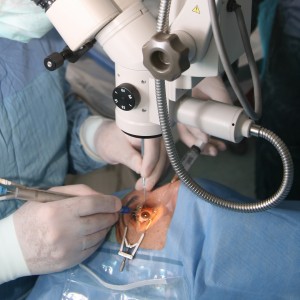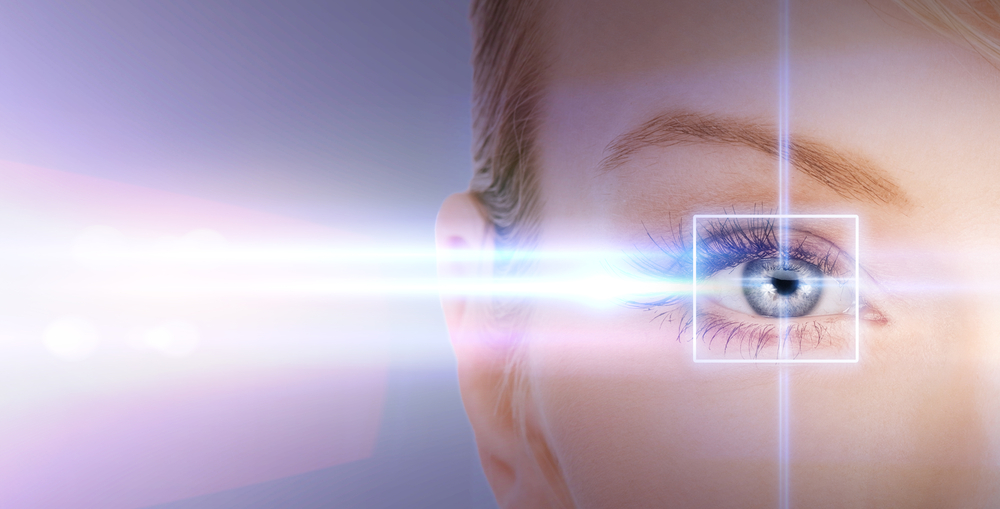 When patients have a cataract, it can be difficult to measure other health parameters of the eye. Of these other parameters, visual field is difficult to measure in glaucoma because it is influenced by cataracts. The current recommendation is to use pattern deviation in the measurement, as total deviation tends to lose visual field sensitivity in patients with cataracts.
When patients have a cataract, it can be difficult to measure other health parameters of the eye. Of these other parameters, visual field is difficult to measure in glaucoma because it is influenced by cataracts. The current recommendation is to use pattern deviation in the measurement, as total deviation tends to lose visual field sensitivity in patients with cataracts.
“Peculiarly, no other studies have investigated the usefulness of pattern deviation values over total deviation values, in the context of cataract surgery or otherwise,” noted Dr. Aya Matsuda at the Department of Ophthalmology in The University of Tokyo Graduate School of Medicine. “Thus, the purpose of the current study was to analyze the usefulness of pattern deviation values over total deviation values pre- and post-cataract surgery, with visual fields taken no greater than six months before or after cataract surgery,” he wrote in the article “Do Pattern Deviation Values Accurately Estimate Glaucomatous Visual Field Damage in Eyes with Glaucoma and Cataract?” published in British Journal of Ophthalmology.
Dr. Matsuda cited a renewed interest in a robust visual field measurement to use with patients who have cataracts. Normally, visual field index is calculated in one of two ways. If mean deviation is greater than -20 dB, pattern deviation values are used. If mean deviation is less than -20 dB, total deviation is used. However, a previous study showed that pre- and post-surgery pattern deviation values were more similar when calculated with pattern deviation, suggesting superiority of the method.
To investigate further, Dr. Matsuda and his research team obtained data from 37 patients, giving a total of 48 eyes (29 right eyes and 19 left). All had cataract surgery performed at one of four hospitals in Japan. Six months before surgery, visual field was recorded, and this was repeated six months after surgery.
Similar to the previous study, Dr. Matsuda found a wide deviation between pre- and post-surgery total deviation values, while pattern deviation values were similar pre- and post-surgery. The team placed a caution on relying only on pattern deviation values: “Most importantly, in general, the difference between total deviation values after a cataract surgery and pattern deviation values before a cataract surgery increases as glaucoma severity worsens; consequently, using pattern values alone to summarize visual field damage could lead to the underestimation of glaucomatous visual field damage in patients with moderate or advanced glaucoma.” Interestingly, the reverse was also true. “It was also shown that using pattern deviation values in eyes with early to moderate cataract may also lead to overestimation of glaucomatous visual field damage,” wrote the authors.
Therefore, it can be suggested that relying solely on pattern deviation values may lead to misleading conclusions about the severity of glaucoma, especially in patients who have cataract surgery.


